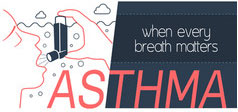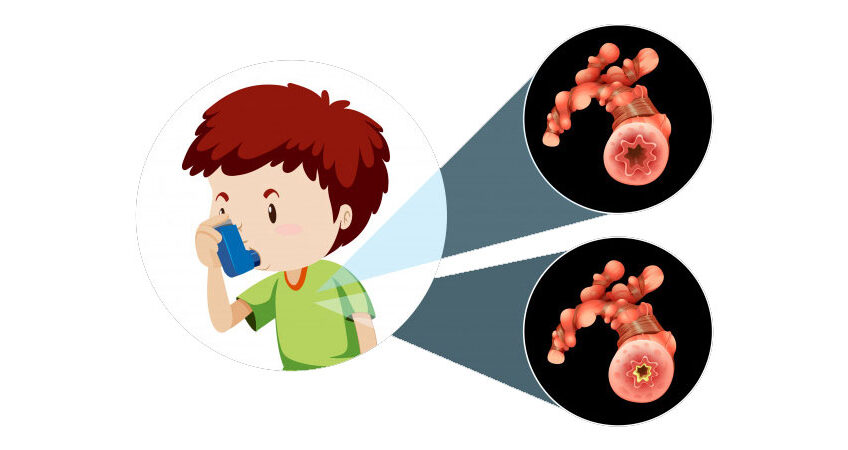- Bronchial Asthma has emerged as an important public health problem globally. According to W.H.O, there are approximately 300 million people suffering from Bronchial Asthma and another 100 million will be added to this by the end of the year 2025 .The prevalence in India is 3.5 % of the total global incidence.
- Tamaka Shwasa a disease of Pranavaha srotas can be correlated with Bronchial Asthma.
- The classical symptoms of Asthma are intermittent reversible attacks of dyspnoea, wheezing and a sense of tightness of chest, cough and increase in sputum volume and viscosity. Sometimes the cough is given more import ance than wheezing, particularly when it occurs at night.
- The most effective treatment for Asthma is identifying triggers, such as cigarette smoke, pets, or dust, and eliminating exposure to them. If trigger avoidance is insufficient, the use of medication is recommended.

- In shodhana therapy Vamana and Virechana has been advised to remove avarodha by kapha.
- The patients who are not eligible for shodhana karma should be given shamana chikitsa. Various drugs are widely used for treatment of Tamaka Shwasa such as Bharangi, Sunthi, Kantakari etc. These drugs are having vatakapha hara property and also vataanulomana property.
- Any ahara, vihara, ausadha having kapha vatagna property, usna veerya and vataanulomana activity should be adopted. This are considered as Pathya in Shwasa roga. The nidana factors or other factors which causes aggrevation in disease are considered as apathya.
CONCLUSION: Prevalence of Bronchial Asthma is increasing alarmingly due to excessive pollution, occupational conditions, stress and poor hygiene etc. These etiological factors act as aggravating factors in developing acute attacks of asthma mostly in atopic individuals. Therefore, Nidana parivarjana has got a significant role to play in the management of the disease Tamaka Shwasa. Also, various principles of Ayurveda and many formulations can be used according to Roga & Rogi bala, during Vegavastha & Avegavastha and as per palatability of the patient for free flow of prana vayu so that srothorodha is removed and free flow of prana vayu may occur thereby curing the attack of disease Tamaka Shwasa.
Dr Ritesh Lahoti,M.D (Kayachikitsa)
Centre Head -Gachibowli
Travancore Ayurveda



